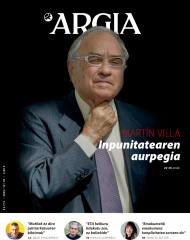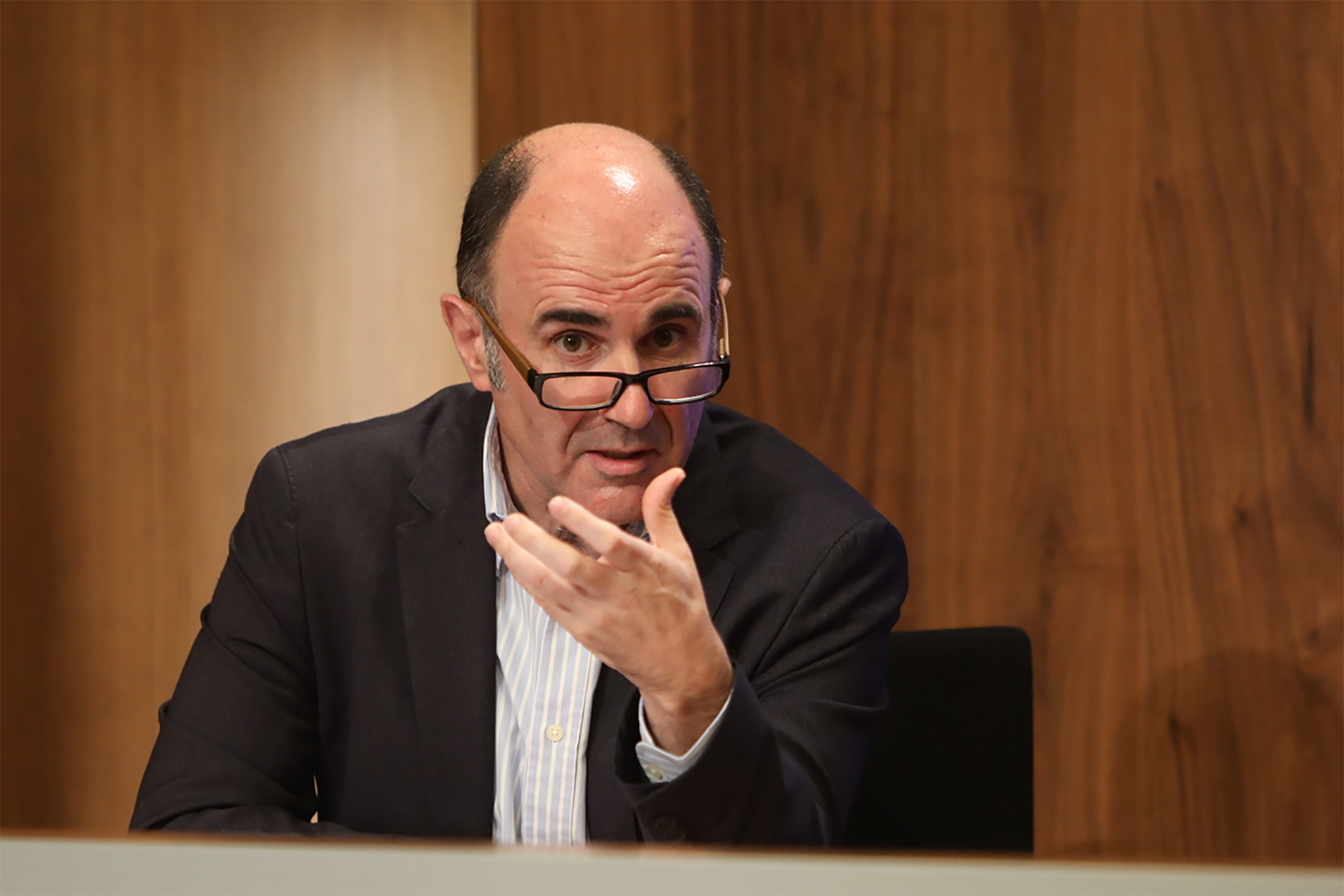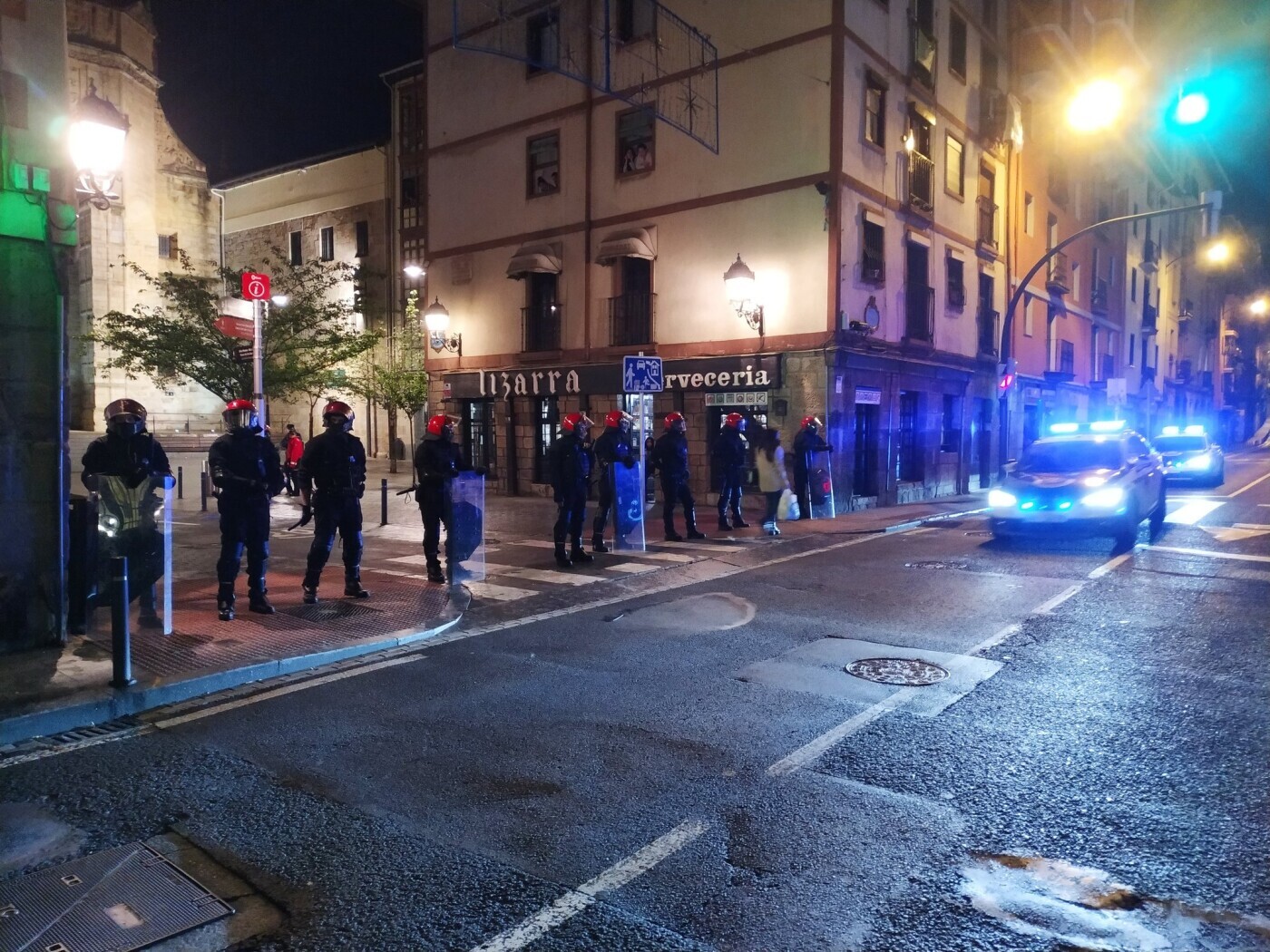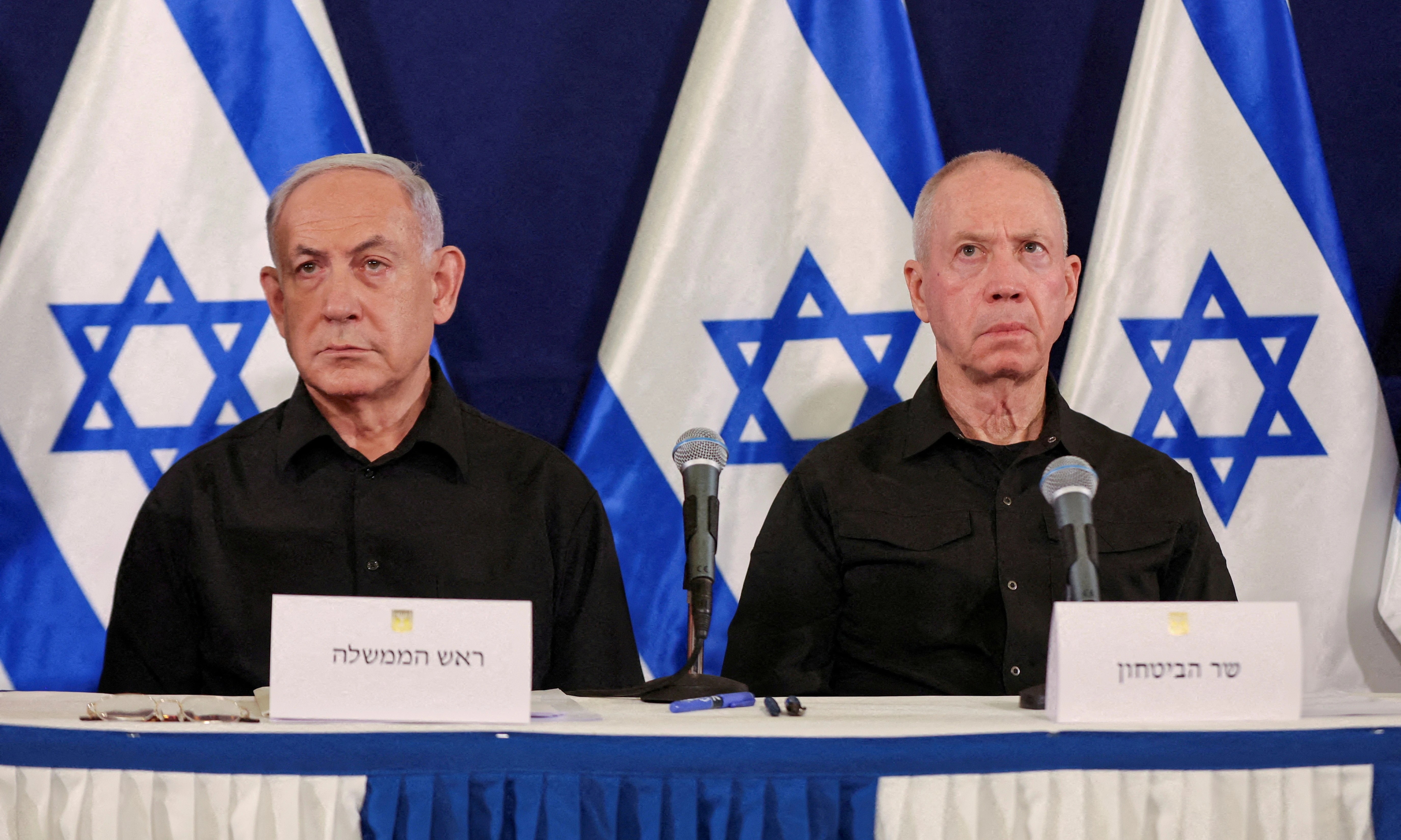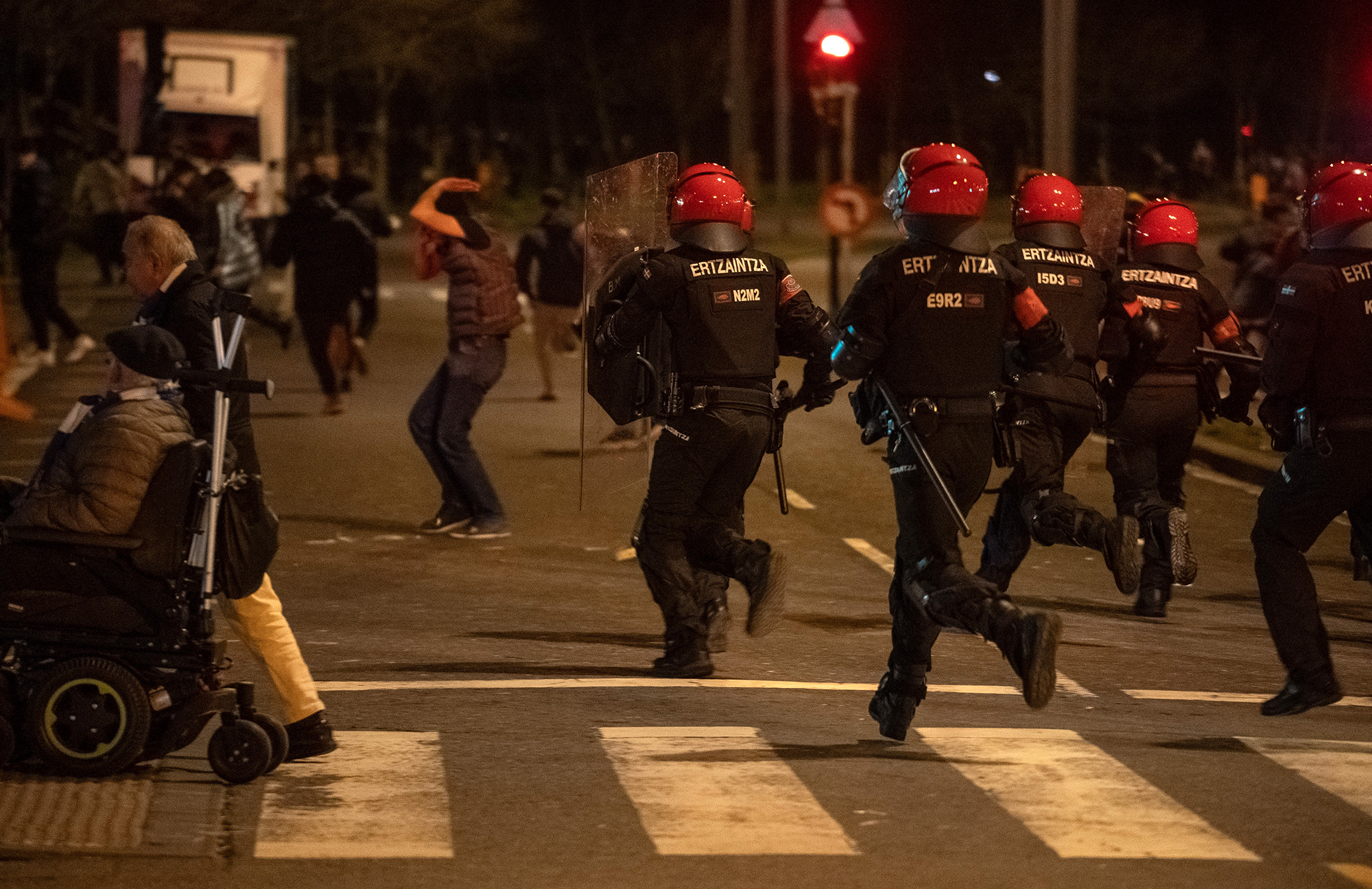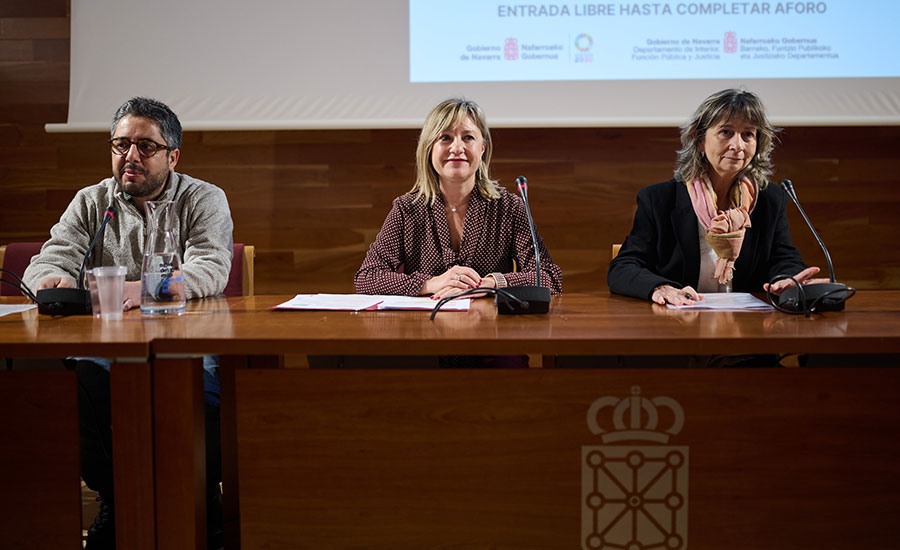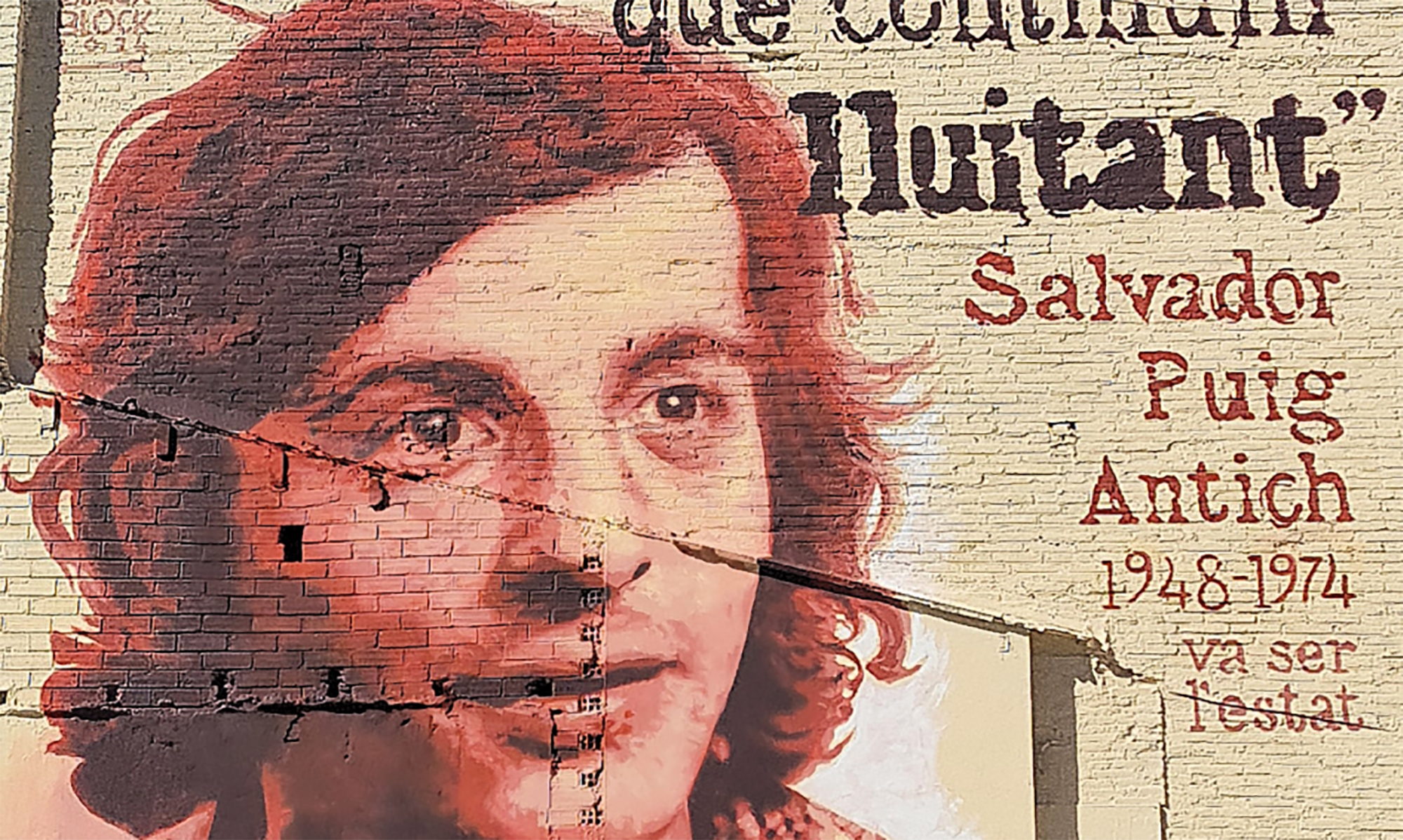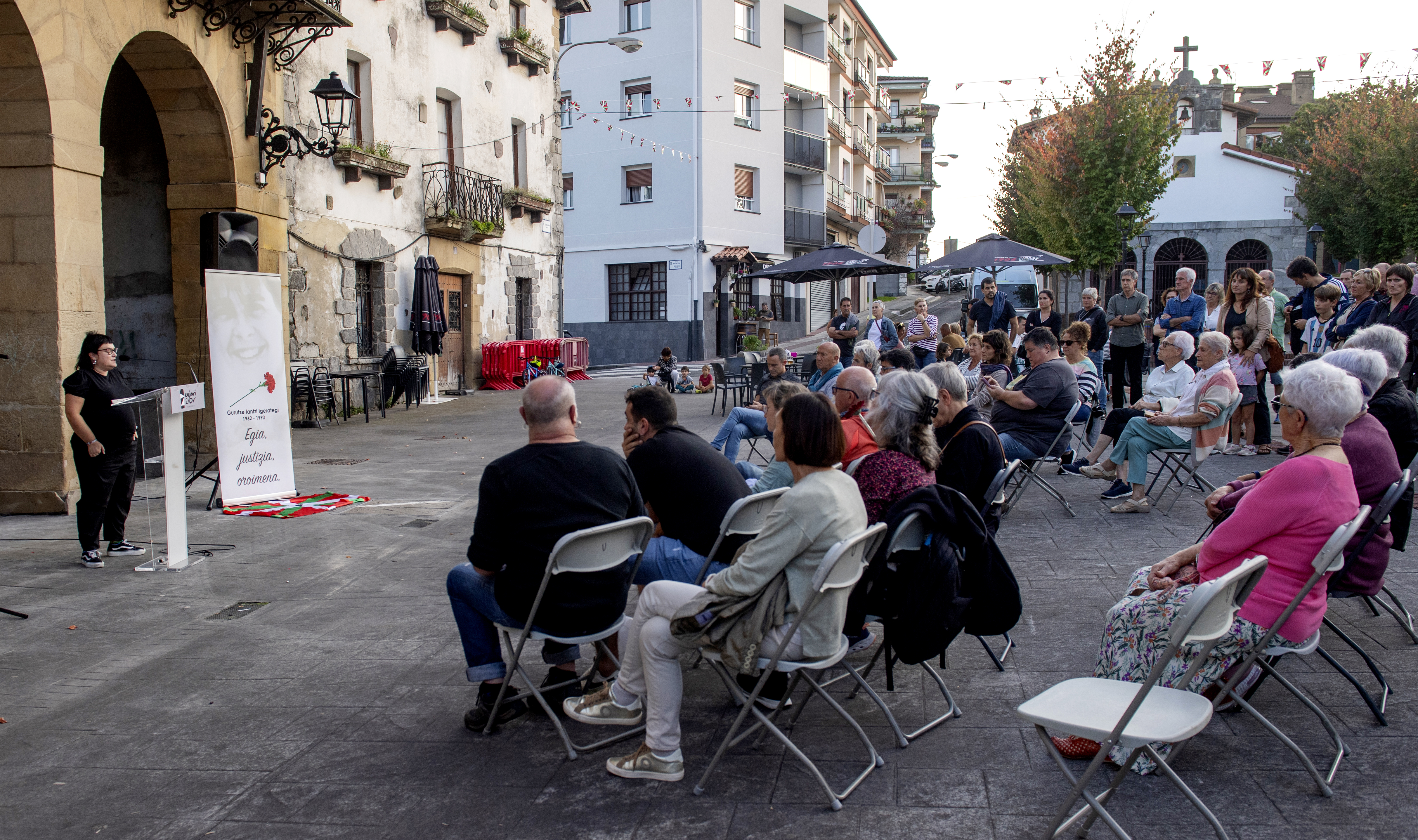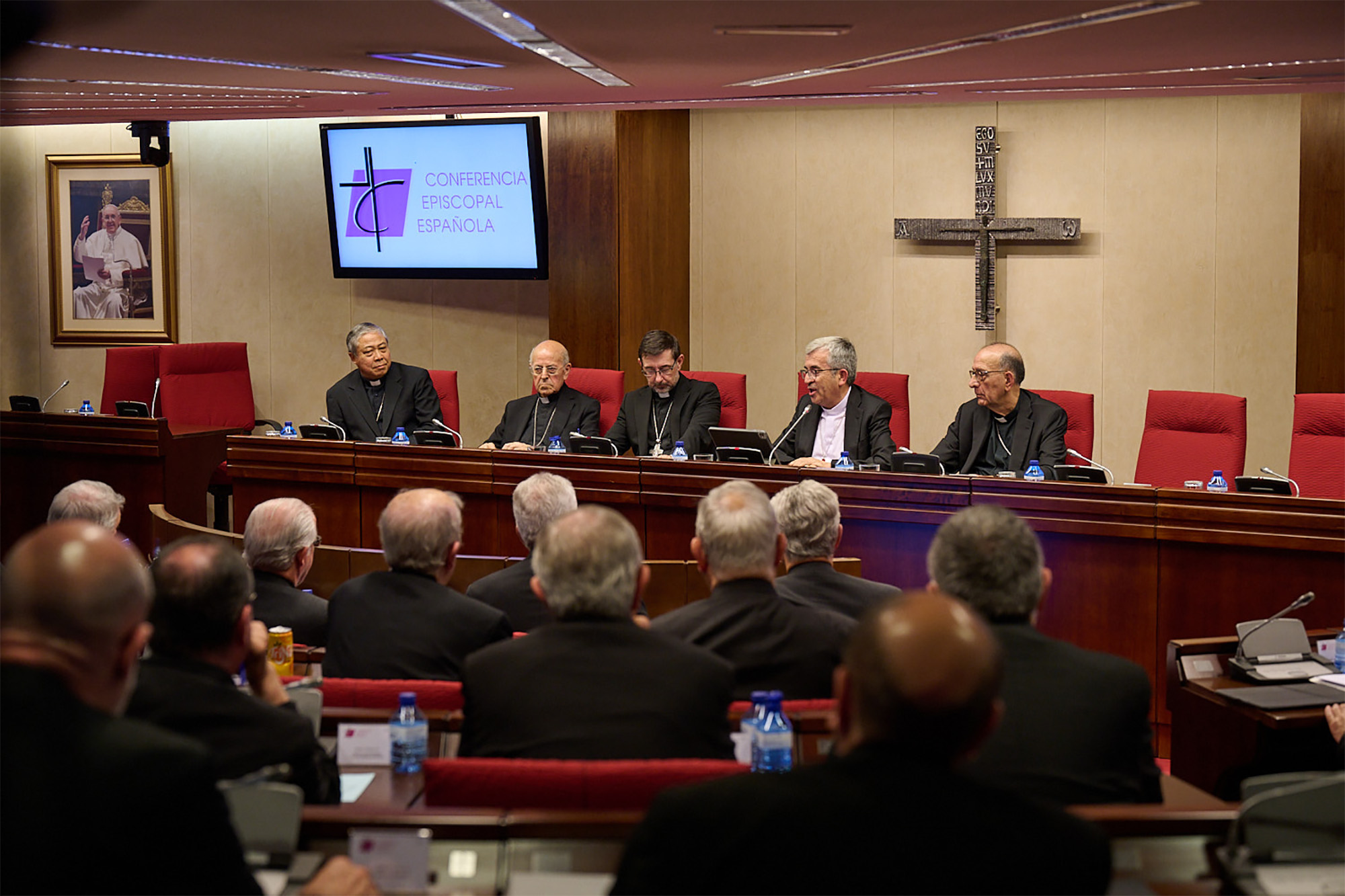Time to respond for the crimes of Franco
- Rodolfo Martín Villa (Santa María del Páramo, León, 1934) is politically responsible for the bloodiest police massacres in the recent history of Euskal Herria, when he was minister in the 1970s. The defendant in the Argentine Complaint against the Crimes of Francoism, the victims’ associations ask that it be prosecuted. However, its political influence and influence have survived to this day, and as a result it lives with total impunity, sheltered by the boards of directors of large companies.
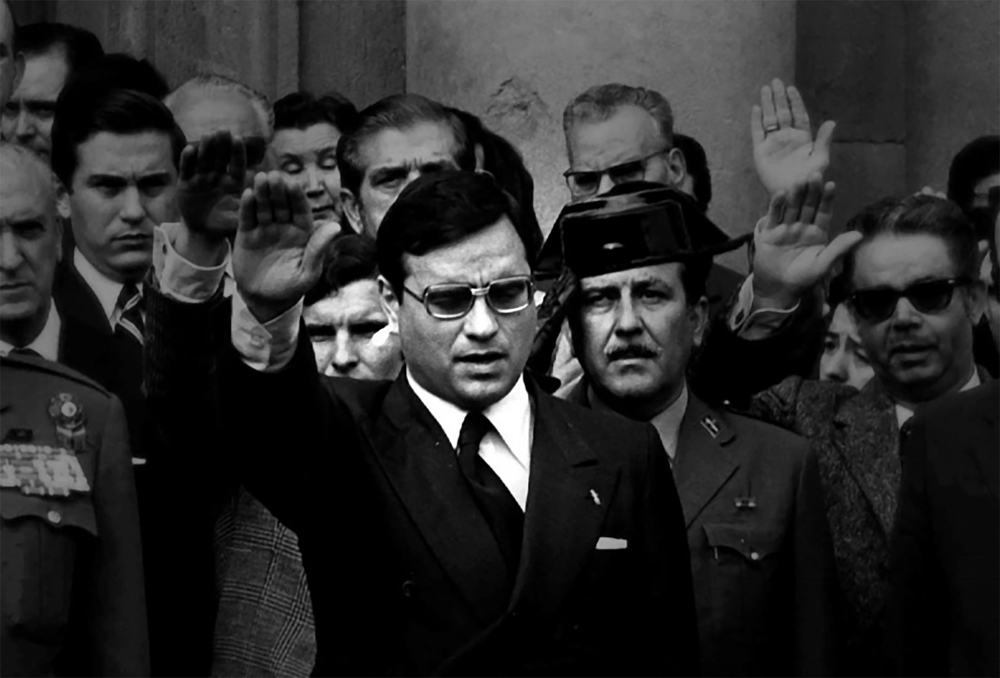
On November 20, the City of Vitoria-Gasteiz approved a motion submitted by the Basque Platform against the Crimes of Franco with the votes in favor of PNV, EH Bildu and Elkarrekin Podemos. The Spanish State was asked to take the necessary measures to have the courts investigate and prosecute the crimes against humanity committed during the Franco dictatorship and the so-called Transition, “especially those that may be under the responsibility of Rodolfo Martín Villa”.
The name of the former Francoist minister we have seen in the media often, since Argentine justice María Servini de cubría ordered his arrest in 2014 and Interpol included him in the list of wanted criminals. Along with other senior officials and former policemen, Servini wanted to interrogate him in the context of the complaint investigating the human rights violations committed by the Francisco Franco regime. Under his responsibility, the police accuse him of killing twelve people, almost all in the Basque Country: The five workers killed on 3 March 1976 in Vitoria-Gasteiz, five protesters killed on the Week by Amnesty in May 1977, a student killed that year by para-police groups in Madrid and the death of Germán Rodríguez in the bloody Sanfermines in 1978.
The Memorandum adopted by the Basque Parliament in 2008 states that the order given in Vitoria-Gasteiz in 1976 to the police for the “irresponsible and abusive” use of weapons came from an instance of the line of command. Judge Servini accuses Martín Villa of being “responsible for the repression”
However, on March 13, 2015, the Council of Ministers of Spain refused to extradite Martín Villa to Argentina for crimes. And the Spanish National Court also took the same decision, claiming that it was protected by the 1977 Amnesty Act.
After many years and circumstances (see the chronology of the complaint), Martin Villa finally declared on 3 September before Servini, by videoconference and surrounded by a great media stir. In Pamplona, a multitudinous concentration was held before the Palace of Justice, convened not only by memorialist associations, but also by numerous municipalities – ever more extensive is the list of places where Martín Villa has been named a grata person – to demand “truth and justice, here and now”.
The minister of the time and posterity of Franco was key in those years to develop a state policy based on repression. But it seems that not everyone thinks like this. Four former Spanish presidents sent a letter to the judge defending the work of the Francoist president at the "birth of democracy". Where does that unconditional blind protection come from? To answer the question, we could speak of the interesting account that has been made of the so-called “Transition”, but also of the political influence of Martín Villa in the last four decades. Without the latter one cannot understand the impunity that has been given to him by the apparatus of the State to date. But let's not get ahead. Let's go back a little bit.
Staging the opening of the regime
At the end of the Franco regime, the tension between the different ruling families was accentuated, especially between the “technocrats” of the government’s Opus Dei and the “blue” or “falangists” who controlled a single party. Everyone was always at once with the regime, but the latter wanted a more ideologized and politicized system. It was one of them.
Born in 1934 in the Leonese town of Santa María del Páramo, his father was employed by the CNT railway, but Rodolfo soon forgot his roots and pointed to the vertical union. In 1962 he took the lead of the Spanish University Syndicate (SEU) and in the following years he showed his ambition to accumulate power: Director General of the Ministry of Industry, Solicitor of the Francoist Courts, member of the Council of the Kingdom… However, in June 1974 he assumed the first important post: He was appointed civil governor of Barcelona.
Sàpiens Magazine explains Martín Villa's footsteps in this county. It was not long ago that anarchist Salvador Puig Antich had skipped the hook and, in Barcelona, the police were harshly harassing student strikes and worker demonstrations. The new government of Carlos Arias Navarro, appointed president after the aerial dispatch of Carrero Blanco by ETA, made a gesture to promote a kind of reform and Martín Villa was the face of this “opening” of the regime. “I knew how to change the shirt at the right time, because we should not forget it, although many eluded it, it was the one I still raised my arm to greet it,” said Josep M. Historians Solé i Sabaté.
.jpg)
“I won’t be an authoritarian governor, but I will be an authoritarian governor,” he promised by sworn in. Carrot and stick. With this ambivalence he faced Catalanism, the labor movement and the assemblies of the neighbors, pursuing the smallest anti-Francoist dissent. For example, when left people entered the Federation of Neighbourhood Associations in Barcelona, he did not hesitate to infiltrate or assault meetings with the police.
Hands stained by workers' blood
Twenty days after Franco's death in 1975, with Juan Carlos Borbón as head of state, Martín Villa made a deadly leap in the political career, opening his legs to the air and naming the akrobat minister of trade union relations. The months and years that followed were very confusing, because the continuity or breakdown of Franco was at stake, and society went out into the street asking for democracy. In addition, in 1976, a large cycle of worker strikes began with multiple demands. In the Spanish state, about 3.5 million workers stopped their machines and Euskal Herria was one of the hot areas of the city in that year: In Bizkaia, only 361 strikes and conflicts were recorded.
In Álava there was a special organization, the workers were assembled in assemblies outside the control of the unions, which surprised the off-the-shelf authorities and the Ministry of Trade Union Relations. The brutal police aggression against hundreds of refugees in the church of San Francisco de Zaramaga in Vitoria-Gasteiz on 3 March was no coincidence. Since then, the coffins of five workers have remained forever in the memory of the city.
On these facts, the Memorandum adopted by the Basque Parliament in 2008 states that the order for the “irresponsible and efficient” use of weapons came from an instance of the line of command and that the Government of Spain was its “culmination”. Judge Servini charges Martín Villa as "responsible for repression" and charges him with a crime of crimes against humanity for crimes against humanity.
.jpg)
Professionals and decorated
On the police violence of those years, former Spanish President José Luís Rodríguez Zapatero said in his letter of support to the former Francoist minister that "there was perhaps some isolated case". But, as we will see, the restructuring that the police had in the coming years, which changed its name to the Armed Police and Politico-Social Brigade, only served to “professionalize” human rights violations and systematic torture. Martín Villa was the principal designer and driver of this strategy, after being appointed minister of Government – from 1977 he changed his name to the ministry and became minister of the Interior – not in vain he was called the Transitional Borra.
In those days, even the youngest children knew the gray, green or brown well, while the police had their heads around the same neck. Those who in March 1976 gassed the church of Vitoria, those who in May 1977 filled Errenteria and many other towns with shots, or those who in July 1978 rushed into the bullring in Pamplona, in the eyes of the citizens were the same. The Police Act of 1978 "separated the armed forces from any partisan position," said Martín Villa, but the officers remained the same Francoist executioners, who were said by radio do not mind killing (don't worry about killing).
The constitutionalist narrative around the Transition frequently insists that the pressure exerted by a large section of the military during that period, also called a bunker, does not move into a democratic system, and that the “courage” suffered by some politicians who were children of Franco, such as the attempted coup d’état of 1981, is confronted with these threats. It is possible that within this discourse it is not easy to destroy the structures of the past and purge the torturers or murderers, but from there to decorate them there is a great difference: On June 13, 1977, Martín Villa awarded 35 agents, including the well-known torturator Antonio González Pacheco Billy el Niño.
The restructuring of the police of those years only served to “professionalize” the violation of human rights and systematic torture. Martin Villa was the leading designer and driver of this strategy
A hidden curriculum
If we were to do the hidden curriculum of the former Interior Minister, we should also put into it that he was the person who exercised the most strength to apply the D’Hondt law in the 1977 elections, taking advantage of the power, to benefit his party (UCD) in the votes; or that he ordered to destroy the archives of Falange so as not to leave evidence of criminal past; he was responsible for police in the streets like the Basque Basque Pariisiense. During his time as Minister of the Interior, 44 people died of state violence, according to journalist Mariano Sánchez Soler in his book The Bloody Transition (Bloody Transition), including ecologist militant Gladys Del Estal, shot dead by civilian guards in Tudela.
But in the official curriculum this does not appear, yes, the medal awarded by King Philip VI in 2017, when the complaint was already underway against him, for his participation in the courts in which the 1978 Constitution was approved. Here again we see the high-level people of the Spanish State supported, once again, in the lap of impunity, and again the question: Why?
After Franco
It is no secret that Martín Villa was very skilled in the first governments after Franco's death to create a bridge pine and manage power; proof of this is the attention that the CIA or the U.S. Department of State. Shortly after assuming the position of Minister of the Interior, a trip to Álava, Bizkaia and Gipuzkoa was reported from the Embassy of Madrid in September 1976: “He said that he will listen to the concerns of the Basques, but that he will guarantee public order.”
.jpg)
Even when he ceased to be a minister and moved to the second line as a Member, he continued to influence the policy of substance. When Manuel Fraga converted People's Alliance into the current People's Party, for example, our Falangist was on the executive committee, changed his shirt, and then became an advisor to José María Aznar. In fact, for many, this owes Martín Villa part of his 1996 victory. From that year on, we will see it in numerous public company positions (see table) and charging for their valuable “advice”, as in the case of the sinking of the Prestige oil tanker: It received EUR 76,998 in 2003, as confirmed by Sàpiens in consultation with the Transparency Portal.
We owe Martín Villa not only the maintenance of authoritarian and reactionary policing models of Franco, which was seen on screens around the world in the referendum in Catalonia on October 1, 2017, but also the opening of the door to the dirty war that the GAL continued from the 1980s, the result of the complicity of the Ministry of the Interior with para-police groups of many acronyms.“It is true that there were serious mistakes – the former minister explained to Judge Servini in his statement of
3 September on the events that took place in Vitoria in 1976 – but it is one thing to understand the pain of the victims and another to admit that in the Spanish Transition crimes against humanity were committed.” I couldn't wait any longer for anyone who wasn't ashamed to pull the right hand out loud in the photos.
2010eko apirilak 14: Frankismoaren biktimen bi senidek salaketa aurkeztu zuten Buenos Airesko epaitegi batean, gizateriaren aurkako krimenengatik. Argentinako kereilaren hasiera izan zen.
2014ko urriak 31: María Servini de Cubría epaileak Rodolfo Martín Villa ministro-ohi frankista inputatu eta atxilotzeko agindua ematen du. Egun batzuk geroago Interpolen Argentinako atalak gauza bera egiten du, baina Espainiako Interpolek agindua blokeatuko du argudiatuz ezin duela bete.
2015eko martxoak 13: Espainiako Ministroen Kontseiluak justizia argentinarraren estradizio eskaria atzera botako du, ustezko delituak “preskribituta” daudelako bere esanetan.
2016ko martxoak 22: Servini epaileak lehen erregu diplomatikoa tramitatuko du, inputatuak Espainian galdekatu ahal izateko. Martín Villak hedabideetan dio deklaratzeko prest dagoela, baina bere abokatuek trikimailu juridikoak erabiliko dituzte atxilotua izan ez dadin.
2018ko urriak 25: Espainiako Auzitegi Nazionalak agintari frankista ohiaren deklarazioa eragotziko du, 1977ko Amnistiaren Legea urratzen duela esanez.
2020ko irailak 1: Espainiako lau presidente ohik gutuna bidaliko diote Serviniri, babesa adieraziz Martín Villari.
2020ko irailak 3: Aurreko hilabetetan hainbat aldiz saiatu ostean, Martín Villak bideokonferentziaz deklaratuko du Argentinak Madrilen duen enbaxadan.
.jpg)
Rodolfo Martín Villak bere karrera politikoarekin izan duen inpunitatea eta eragiteko gaitasuna hobekiago ikus liteke, alderdi eta instituzioetan ez ezik, Espainiako Estatuko enpresa handietan azken hamarkadotan izan duen pisua eta presentzia aztertuz gero.
Kataluniako El Crític hedabideak erregistro merkantilean arakatu du eta 1990eko hamarkadatik agintari frankista ohiak 45 enpresetan karguak izan dituela baieztatu ahal izan du, horietako batzuk oso ezagunak. Denera, 93 kargu korporatibo bete ditu Martín Villak 30 urteotan, azkena 2019ko ekainean Técnicas Reunidas eraikuntza eta industria enpresako kanpo kontseilari izendatu zutenean; lan horrengatik urtean 115.000 euro gordin irabazten ditu oraindik.
Enpresa munduarekin lehen harremanak Francoren erregimeneko goi karguak hartzearekin batera hasi zituen, falangista deklaratua zenean. Hala, 1973an Banco de Crédito Industrialeko (BCI) presidente izendatu zuten. 1979an Barne ministro izateari utzi eta 1980an Lurralde Administrazioko ministro egin zuten arte Ibercobreko zuzendaritzan egon zen, Espainiako Estatuan kobrea erauzteko monopolioa zuen konpainian –“paroan dauden ministroentzako erresidentzia” ere deitua–.
Ondoren, PSOEren agintaldiak iraun zuen bitartean hainbat mutua eta aseguru konpainietako goi karguak eskuratu zituen –eskandaluren bat edo besterekin– eta Burgosko La Cellophane Españolako presidente ere izan zen, Banco de Bilbaoren jabetzakoa. 1993tik 1997ra Caja Madrid-en Kontrolerako Kontseiluaren buru izango da Martín Villa. Hain justu, urte haietan hasi ziren black txartel ezagunak erabiltzen, eta auzi horrengatik 2018an egin epaiketan ministro ohi frankistaren testigantza eskatu zuten askok.
Baina negozio handienak 90eko hamarkadan egin zituen, bere lagun Jose María Aznar boterera iritsi zenean. 1997an Endesako presidente jarri zen, oraindik publiko, baina pribatizatzeko prozesu betean. Bera buru zela, espainiar konpainia elektriko handiak Txilen jarri zituen hatzaparrak Enersis filialarekin, eta maputxeen Biobío bailaran presa erraldoia eraiki zuen, genozidio natural ikaragarria eraginez; horretarako pinochetista ezagunen “laguntza” izan zuen gainera. Garai horretan Augusto Pinochet diktadorea Londresen zegoen, nazioarteko atxilotze agindu baten ondorioz atxikia, bada, Endesako presidenteak hainbat gestio egin zituen aske utz zezaten.
Sogecable (2004-2010), Sareb (2013-2018) edo MGO Taldea (2013-2019) izan dira gure falangistaren hurrengo lurreratze pistak. Baina bere enpresa familiarrak, Polinmarpe SL-k irudikatzen du ondoen influentzia politikoekin lortu litekeena. Kapital gutxikoa den arren, horren bidez Cliner SA garbiketa enpresarekin lotura estuan dago Martín Villaren sendia, akzioen %21 baitauka. Cliner 1985ean sortu zuten Alianza Popular alderdi inguruko hainbat kidek –Martín Villa barne– eta banku eta erakunde publiko ugarirekin ditu zerbitzuak kontratatuta: BBVA, Santander, Valentziako garraioak, Kantabriako Gobernua...
Asko izan dira ministro ohi frankistari jaten eman dioten gobernu eta enpresak. Zeren truke? Noraino iristen dira Trantsizioko borra kolpeen orbainak eta ordainak?
Dakota Access oliobidearen kontrako protestengatik zigortu du Ipar Dakotako epaimahai batek erakunde ekologista, Energy Transfer Partners enpresak salaketa jarri ostean. Standing Rockeko sioux tribuak protesten erantzukizuna bere gain hartu du.
Gogora Institutuak 1936ko Gerrako biktimen inguruan egindako txostenean "erreketeak, falangistak, Kondor Legioko hegazkinlari alemaniar naziak eta faxista italiarrak" ageri direla salatu du Intxorta 1937 elkarteak, eta izen horiek kentzeko eskatu du. Maria Jesus San Jose... [+]
Geroa Baiko lehendakari eta Nafarroako lehendakariorde izandakoa enpresa bati 2,6 milioi euroko diru-laguntzak ustez modu irregularrean emateagatik zegoen auzipetuta, Davalor auzia deiturikoan. Nafarroako Probintzia Auzitegiak erabaki du auzia behin betiko artxibatzea, legalki... [+]
That was said to me by the former student, who took a long time to file a complaint that was in court months and who, on the recommendation of the psychologist, had withdrawn the complaint of rape. And I kept quiet, unable to guess what to tell the young man that he still had... [+]









